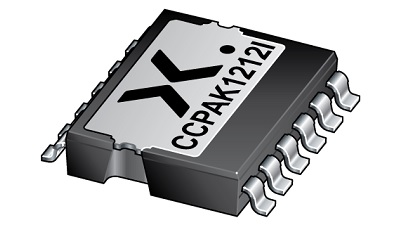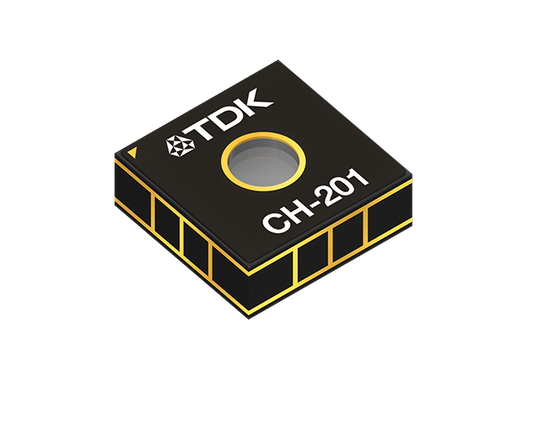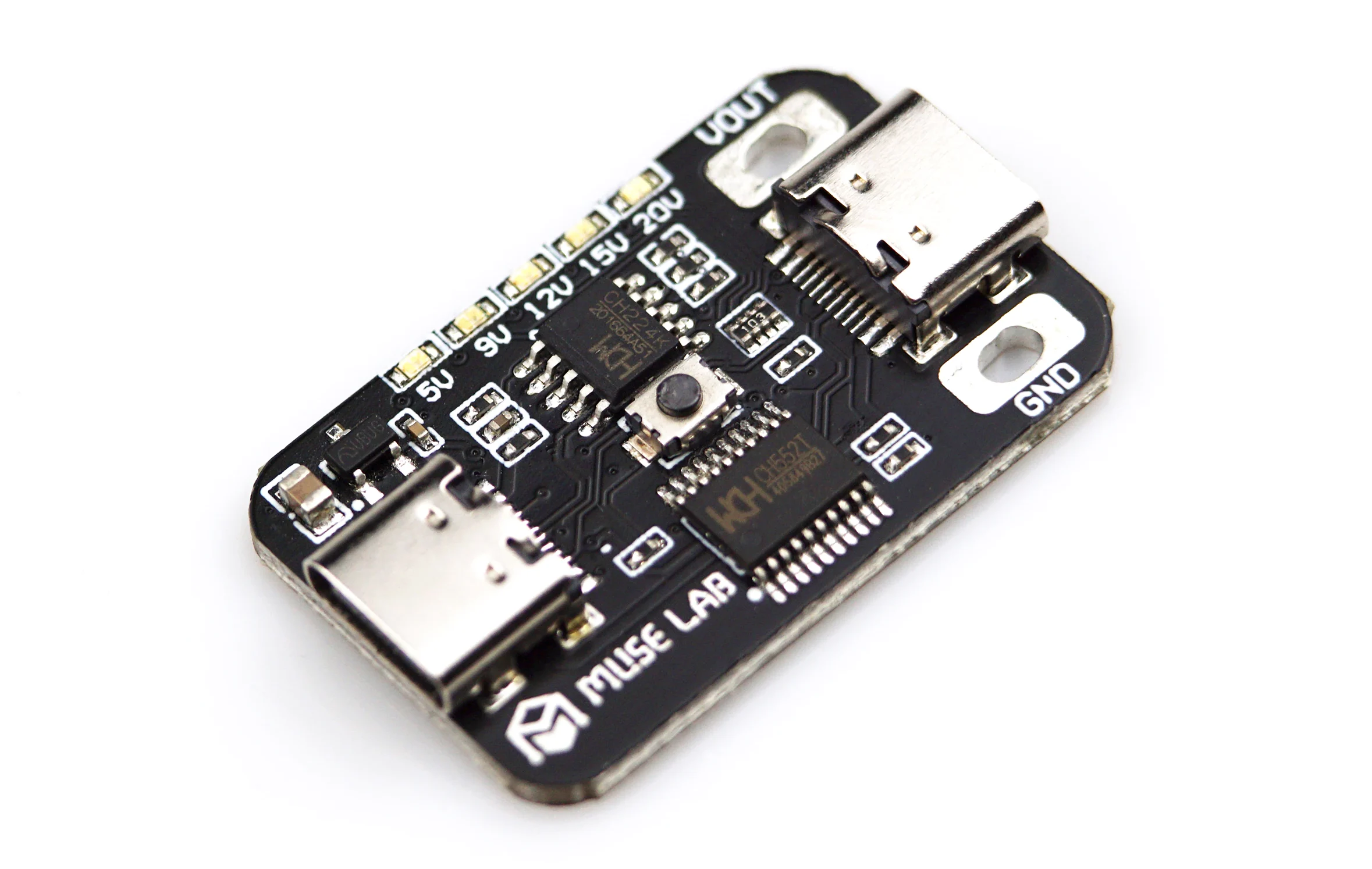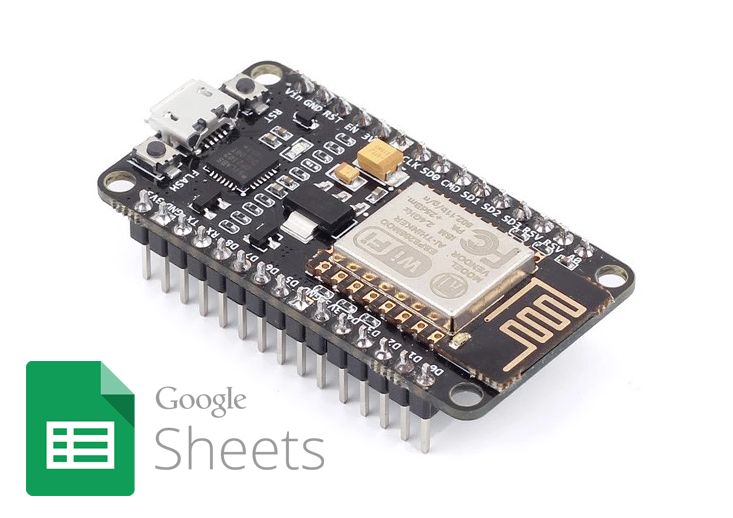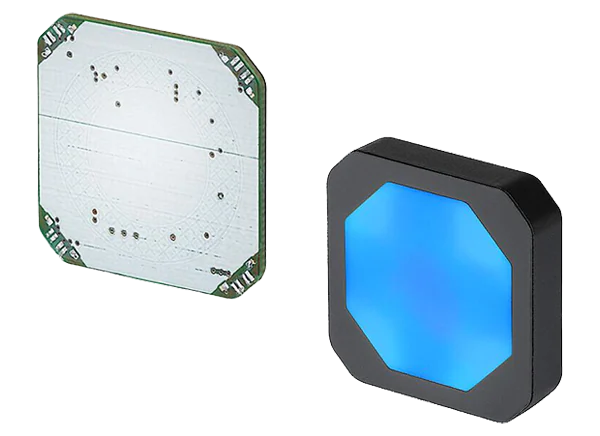
The first step toward finding ways to reduce home electricity usage begins with installing an energy monitoring system. These days you can find an electric meter in every residence, but it is likely that you would find it installed in a location that is more convenient to access for a utility person and not for you, the homeowner. This DIY Internet-of-Things enabled power meter is what you would need for an easy access to the real-time electricity usage data right on your computer screen at your desk.
This IoT power meter (IPM) is designed by Solenoid and it works in conjunction with a regular watt meter that consists of a flashing LED as a watt-hour usage indicator. The IPM senses the blinks of the LED using a light-dependent resistor (LDR), counts those pulses, saves the values to an SD card, and later uploaded to a cloud service, such as Google spreadsheet, for remote access using internet. Another advantage of IPM over the regular power meter is it extrapolates the measured data samples for improved resolution and estimation of energy usage.
The heart of this project is the WiFi-enabled ESP8266 microcontroller, which is coupled to an SD card and a 0.96” OLED screen. The SD card is used for storing the energy usage data as well as the HTML web pages that are served by ESP8266 on a client’s request. The network credentials required by ESP8266 to connect to a WiFi router are hardcoded into the firmware. The OLED serves as a local display for showing the current time and date, local IP address of the ESP8266 device, watt-hour usage for the day, etc. For accuracy, the ESP8266 synchronizes its local time with an NTP server.
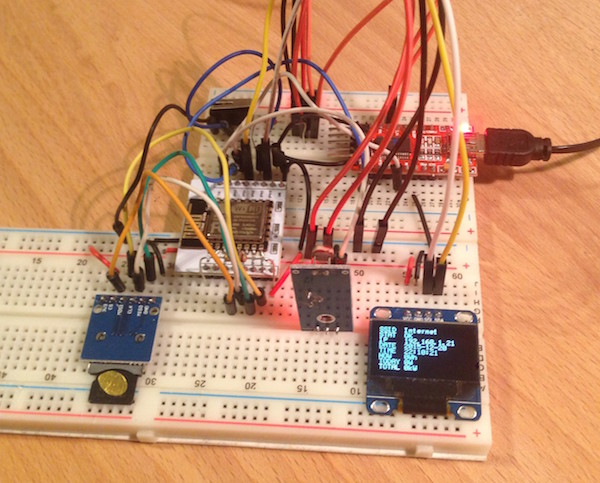
The IPM is an open-source project and costs about $20 to build. The BOM and detail documentation can be found here.





